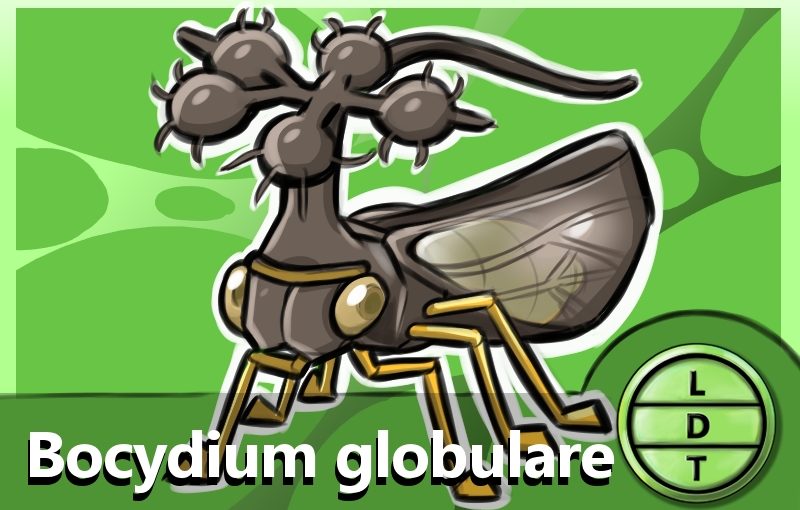“And today we’re talking about a tiny helicopter with some interesting upward momentum.”
Tiny insects are key menu items for a lot of creatures in the kingdom animalia. To be small and tasty is a recipe for doom if you don’t have some interesting survival tactics. Entire orders of insects start in vulnerable metamorphic stages called nymphs. There are so many, we’ve identified some nymphs having no knowledge of their adult stages. Some of these bug babies have developed a way to get around and avoid predation that’s a marvel of organic mechanics. But by the 101st episode, we’ve come to learn that amazing avoidance abilities are often the key to Life, Death, and Taxonomy.
Measure Up
Welcome to the beloved Measure Up segment. The official listener’s favorite part of the show! The part of the show when we present the animal’s size and dimension in relatable terms through a quiz that’s fun for the whole family. It’s also the part of the show that’s introduced by you when you send in audio of yourself saying, singing, or chittering the words measure up into ldtaxonomy at gmail dot com. We don’t have a new intro this week so that means we get to be introduced by an animal and Carlos has to guess what it is.
Eastern Screech Owl – 0:25
Length
- 4.6 to 7.5 mm
- 6mm (0.23 inches)
- How many brazilian leafhoppers go into the recorded longest wave surf?
- Hint: The Pororoca is a tidal bore in the Amazon River that produces waves that are 13 feet high twice a year. They also produce long lasting waves that made it possible for surfer Picuruta Salazar to achieve the record.
- 6,083,333 leafhoppers. Salazar surfed 12.5 kilometers and 37 minutes.
Species
- 20,000 described species
- How many of the amount of species of leafhoppers go into the population of Brazil?
- Hint: Brazil is extraordinarily mixed in their demographics with people coming from europe, natives, africa, east asians, and levantines. Brazilian population is said to be one of the most mixed in the world.
- 10,465 leafhopper species. The pop of brazil is 209.3 million
Major Fact: Tiny Bugs with Big Ups
- Leafhopper nymphs are tiny but their ability to hop warrants it being in their name.
- During a hop, they’re able to accelerate from 0 to 12 mph in less than a millisecond.
- To you, this is so fast for a small insect that it might look like it’s disappearing rather than jumping.
- They jump through rapid depression of their trochanter, which is a small segment of the leg of an insect, between the coxa and the femur.
- Their thighs have tiny interlocking spikes that act as gears to synchronize each leg for a jump.
- They accelerate so fast, they experience 47 to 250 Gs.
- Gs refer to gravitational force equivalent. It’s a measurement of force that causes the perception of wait during acceleration and when changing direction.
- Human beings can die if they experience more than 4 to 6 gs for a long enough period of time.
- The power output is much high than what similarly sized insect muscles can produce.
- It’s thought that the catapult-like motion that their legs provide help to greatly increase the power they can generate.
- They also store energy by locking their legs in place and contracting a muscle. Then the sudden release propels them forward quickly.
- The gears help make sure their legs fire at the same time, so they don’t go flying off in an unintended direction.

